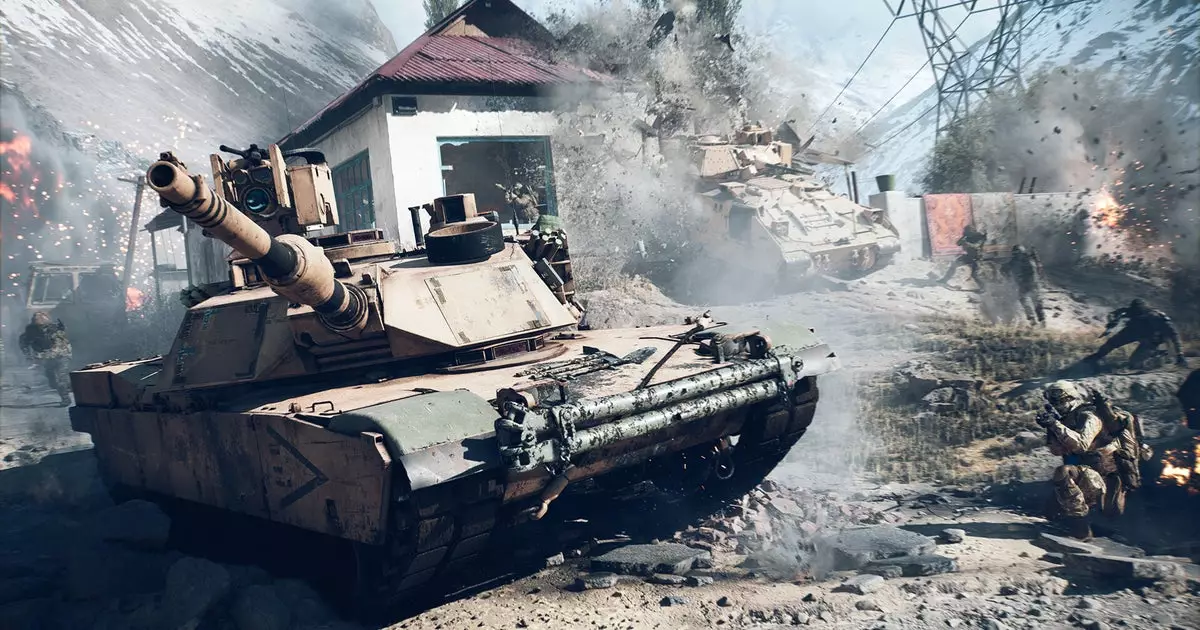Video game development, especially for large-scale multiplayer shooters like Battlefield, often appears as a quest for perfection. Yet, beneath the surface lies a perpetual struggle to fine-tune a fragile ecosystem of mechanics, player behaviors, and strategic variability. The recent discussions surrounding Battlefield 6 exemplify this reality vividly. Developers are not merely fixing bugs—they are navigating a delicate balancing act that can never truly be finalized at launch. Instead, it involves constant iteration, acknowledging that what is “overpowered” or “underpowered” today may shift with the evolving metagame. This continual push and pull reveal a harsh truth: perfect balance is an illusion, and embracing this chaos might be the most pragmatic approach.
The idea that developers deliberately ship an “unbalanced” game to anticipate future player adaptations highlights the complexity of designing for unpredictable human behavior.
This concept challenges the traditional view of game design as a pursuit of static equilibrium. Why ship a vehicle or weapon that seems weak? The answer lies in strategic foresight—developers might intentionally start with underwhelming equipment to prevent dominance, allowing the community to evolve the meta organically. It’s akin to planting a seed that grows increasingly potent as players discover new tactics. This approach underscores that game balancing is less about achieving perfection and more about fostering an evolving environment where player ingenuity drives the evolution of gameplay.
Vehicles as the Unintentional Star of the Balancing Act
In the realm of Battlefield, tanks and aircraft are not just tools—they are symbols of a delicate power dynamic. Recent beta impressions point towards a recurring frustration: vehicles feel disproportionately fragile, easy to destroy, and somewhat ridiculous compared to the scaly resilience of infantry or the precise threats posed by engineers wielding anti-tank weapons. For many, this feels like a disconnect from game expectations built on spectacle and dominance. But is this truly a flaw, or a calculated part of the design philosophy?
The answer is multifaceted. On one hand, a vehicle that feels squishy can undermine the sensation of power that these machines are supposed to embody. On the other hand, intentionally making vehicles fragile can serve as a counterbalance to their destructive potential. If tanks and helicopters are too resilient, they risk becoming unassailable fortresses—stifling the strategic diversity that makes Battlefield compelling. Thus, the apparent imbalance might be a strategic gamble, aimed at keeping the battlefield dynamic, unpredictable, and fair over the course of numerous updates.
The Human Factor: Skill and Adaptation in the Balancing Equation
A critical element often overlooked in discussions about game balance is player skill and evolution. The developers’ acknowledgment that “players get better at using them over time” reveals an appreciation for this reality. Balance isn’t static; it shifts as the community uncovers tactics, exploits weaknesses, and adapts to new mechanics. This evolving knowledge base means that what is balanced today could be obsolete tomorrow.
The fact that developers may “lowball” vehicles initially demonstrates a strategic patience—they seed variability and watch how the community responds, then adjust accordingly. It’s similar to a chess game; a move that seems defensive today sets up future offensive possibilities. This iterative process is arguably the heart of modern game design, especially for multiplayer titles where unpredictability and human ingenuity reign supreme.
Implications for Future Battlefield Experiences
Looking ahead, the beta test feedback and planned map updates suggest that vehicle dynamics will remain at the forefront of ongoing adjustments. The introduction of vehicle-heavy maps in future testing phases indicates that this balancing act is far from complete. Each iteration offers a glimpse into how developers respond to community feedback and internal metrics—shaping the final experience for launch.
Yet, despite their flaws, these intended imperfections foster a more engaging, fluctuating environment. They compel players to adapt, rethink strategies, and ultimately, invest more deeply in the game’s evolving narrative of chaos and order. This strategy—embracing the imperfect—may be the defining characteristic of resilient multiplayer games, where the truth lies not in perfection but in the capacity to navigate and thrive amidst uncertainty.

